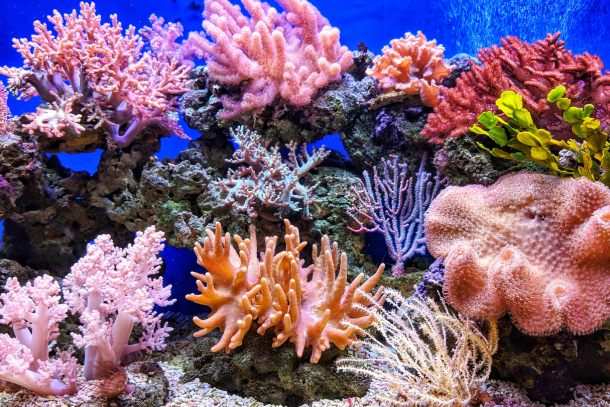The Art of Nature Drawing: Techniques and Inspiration
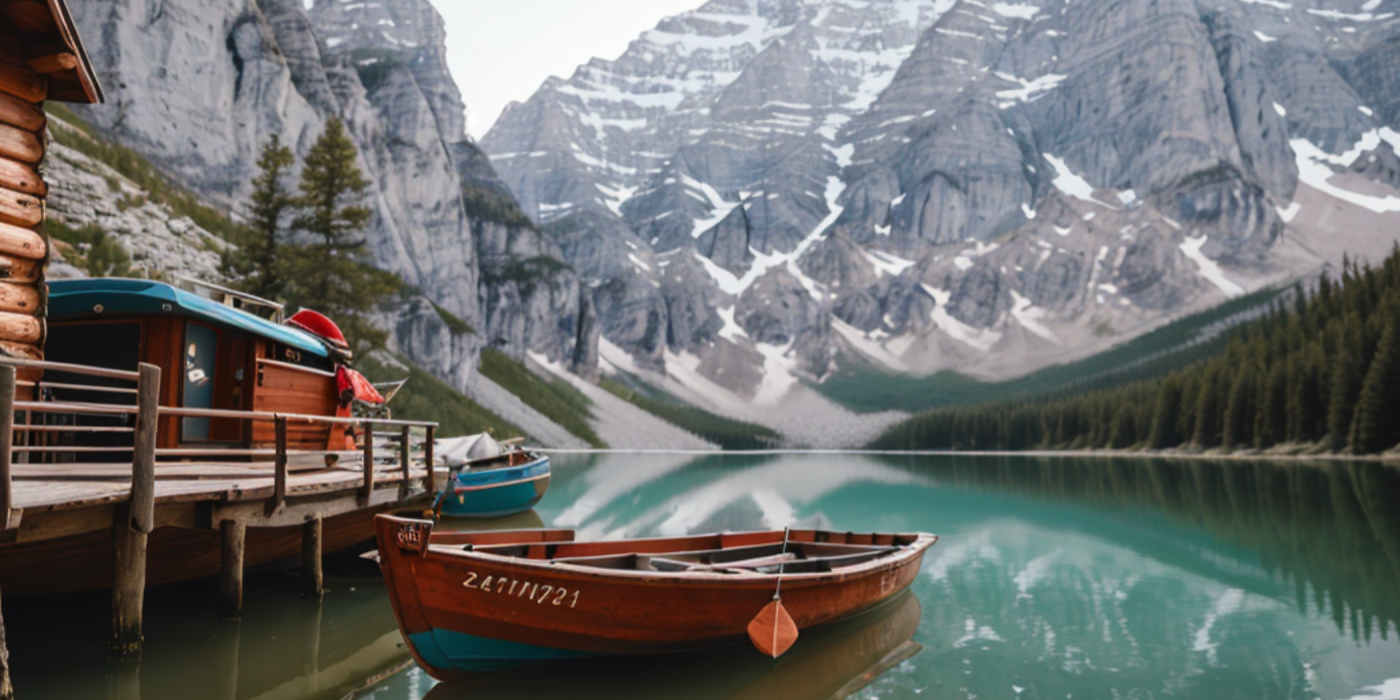
Nature drawing, at its core, is a remarkable art form that merges the detailed observation of the natural world with the creative expression of the artist. From a simple leaf sketch to an intricate landscape, it invites us to explore the manifold splendours of nature through our own artistic lens. By drawing from nature, we not only sharpen our artistic skills but also cultivate a deeper appreciation for the intricacies and beauty of our environment.
Beyond its aesthetic appeal, nature drawing plays a crucial role in connecting us with the world around us. It's a practice steeped in mindfulness, as it requires a certain degree of attentiveness and presence to capture the essence of the natural subject at hand. Through this process, we develop a profound sense of awe and respect for the natural world, prompting us to engage with it in more meaningful and sustainable ways.
What to Expect
This article aims to guide you on your journey into the art of nature drawing, offering valuable insights into various techniques and sources of inspiration. We will delve into essential tools that can enhance your drawing experience, discuss basic and advanced techniques that can bring your work to life, and offer tips on drawing different elements of nature. Moreover, we will explore ways to find and harness inspiration from the world around you, enhancing your connection with nature and enriching your artistic journey. Whether you're a seasoned artist or a budding enthusiast, there's something here for everyone. So, grab your sketchbook, open your mind, and let's embark on this artistic adventure together.
Essential Tools for Nature Drawing
Drawing in nature, while a profoundly fulfilling activity, does require some essential tools to get started. Each tool can influence the outcome of your drawing and enable different techniques.
Sketchbooks
A good sketchbook is the first requirement. While the choice largely depends on personal preferences, a sketchbook with heavier paper (around 150-200gsm) would work well for most nature drawings. A spiral-bound sketchbook may offer the advantage of lying flat, making drawing more comfortable. The size would again depend on your preference and the level of detail you want to capture in your drawings.
Drawing Pencils
A set of drawing pencils of different hardness is invaluable for creating diverse textures and depths. Hard pencils (H, 2H, etc.) produce lighter lines ideal for initial sketching and detailing. Soft pencils (B, 2B, etc.) create darker lines perfect for shading and defining darker areas.
Charcoal
Charcoal, available in pencil and stick forms, is excellent for creating high-contrast, dramatic sketches. It allows for both broad, sweeping strokes and detailed lines. It's especially effective for creating rich, dark tones, adding depth to your sketches.
Coloured Pencils and Pastels
Coloured pencils and pastels offer an opportunity to introduce vibrant colours to your nature drawings. Coloured pencils provide precision, making them suitable for detailed work. Pastels, on the other hand, are great for creating soft, smooth gradients of colour.
Choosing the Right Tools
Your choice of tools should align with your artistic goals and style. Experimenting with different tools can help you understand their unique characteristics and how they can contribute to your artwork. Don't be afraid to try new things. Remember, every great artist was once a beginner, and every masterpiece started with simple tools and the courage to create.
Basic Techniques for Nature Drawing
Observation
Before you put pencil to paper, the first crucial step is observation. Take time to examine your chosen piece of nature thoroughly. Pay attention to the fine details, lines, textures, shadows, and overall structure. Observing not only provides a more accurate understanding of the subject but also promotes a deeper connection with nature.
Sketching
Once you've taken in the subject, begin with light, loose sketches. This helps to capture the overall shape and composition without committing too heavily to any one line. At this stage, don't worry about the details. Instead, focus on getting the general form and proportion correct.
Shading
Shading is what brings your drawing to life. It helps to provide depth and volume, creating a sense of three-dimensionality. Start with a light hand, gradually building up the darkness to depict the varying tones. Always remember the darkest areas should correspond to the parts with the least light.
Hatching and Cross-Hatching
Hatching involves drawing parallel lines close together to create a gradient or texture. The closer the lines, the darker it appears. Cross-hatching is simply an extension of this technique, where a second layer of lines crosses over the first, usually at an angle, to create a denser, darker area.
Stippling
Stippling involves creating a pattern or texture using tiny dots. The density of these dots can create different shades and depths, offering a unique style to your nature drawings.
Enhancing Accuracy
To enhance accuracy and realism, always keep in mind your light source, ensuring your shading and highlights correspond. Additionally, take the time to capture the intricate details and unique characteristics of the natural element you are drawing. It's these tiny, often overlooked details that bring a sense of authenticity and life to your drawings.
Advanced Techniques for Nature Drawing
Exploring Colour
Delving into the realm of colour adds a dynamic layer to nature drawing. By mastering the use of coloured pencils, pastels, or watercolours, you can breathe life into your sketches, capturing the vibrancy and diversity of the natural world. Colours are potent storytelling tools that can convey the time of day, the season, and even the mood of a scene. Experiment with different colour combinations, observe the interplay of light and shade and understand how hues can change in varying light conditions.
Capturing Texture
The texture is an intrinsic part of nature - the rugged bark of a tree, the softness of petals, the roughness of rocks. When incorporating texture, the key is in the details. Close observation and a variety of pencil strokes can help imitate these textures, lending realism to your drawings. Practice different strokes, such as hatching, cross-hatching, or stippling, and use them to capture the unique textures of your chosen subject.
Creating Depth and Perspective
Nature is full of depth and perspective, which can add a compelling three-dimensional quality to your drawings. Achieving this involves understanding the principles of perspective - how objects shrink in size as they recede in the distance, how lines converge to a vanishing point, and how colours and contrasts change with distance. Drawing in perspective can be a challenging yet rewarding technique that brings a new level of realism to your nature sketches.
Incorporating these advanced techniques into your nature drawing can elevate your work from simple sketches to captivating, realistic representations of the world around you. Remember, mastering these techniques takes time and patience, so allow yourself the freedom to learn, experiment, and grow.
Drawing Different Elements of Nature
Mastering Trees and Leaves
Drawing trees and leaves requires an understanding of basic shapes and structures. Start with a simple sketch to capture the overall form of the tree, paying attention to the trunk's curvature and the branches' layout. For leaves, observing the vein patterns can provide a guideline for your shading.
Capturing the Delicate Beauty of Flowers
Flowers offer a delightful challenge with their intricate details and vibrant colours. Start by sketching the basic shape of the flower, then add details such as petals, stem, and stamen. Remember to observe the subtle colour transitions and use this to guide your shading and colouring process.
Rendering Landscapes
For landscapes, understanding perspective and depth is key. Begin with a rough sketch to capture the composition of the scene. Use lines to mark the horizon and any significant elements. Remember, elements further away appear smaller and less detailed, helping to create a sense of depth.
Depicting Animals
Drawing animals can be tricky due to their complex structures and movements. Start with basic shapes to capture the animal's body structure, then refine these into more specific features. Paying close attention to the texture of fur or scales, the eyes, and other distinctive characteristics can help to make your drawing more realistic.
Exploring Different Styles and Approaches
In nature drawing, there's no one-size-fits-all approach. Some artists prefer a highly realistic style, while others lean towards abstraction or impressionism. Feel free to experiment with different styles and techniques to find what best captures your unique perception of nature. Remember, the aim is not to replicate nature perfectly but to express your connection with it.
Finding Inspiration in Nature
Uncovering Nature's Canvas
When it comes to nature drawing, finding inspiration can be as simple as stepping outside. Mother Nature offers us a limitless canvas brimming with beauty and diversity. For the budding artist, parks and gardens make for wonderful starting points. These spaces teem with a mix of flora and fauna, from the common squirrel to the most exotic of flowers, providing a varied range of subjects to draw.
Your own garden, no matter how big or small, can also be a trove of inspiration. Personal plants, flowers, and even the insects they attract offer a world of intricate details waiting to be captured on paper.
Forests: The Untamed Wilderness
Venturing further into the wilderness, forests present an exciting challenge with their complex ecosystems. The rich tapestry of trees, wildflowers, and animal life is a treasure trove of artistic subjects. Capturing the untouched beauty of a forest, from its vast landscape to the unique details of its inhabitants, can be an incredibly rewarding experience.
Changing Seasons, Changing Scenes
The changing seasons also provide a kaleidoscope of inspiration. Each season repaints the natural world with its unique palette, offering new scenery and subjects to draw. Spring blooms, summer's verdant landscapes, autumn's fiery colours, and winter's bare elegance all offer a multitude of captivating scenes.
Ultimately, the world around us is teeming with inspiration, ripe for the picking. From the dew-kissed leaf at dawn to the majestic sunset over a tranquil lake, nature in all its forms and seasons is the artist's muse. So, pick up your sketchbook, embrace the spirit of adventure, and let nature guide your artistic journey.
The Joy and Fulfilment from the Art of Nature Drawing
As we arrive at the end of this exploration into nature drawing, let's reflect on the sense of joy and fulfilment that this art form brings. Nature drawing is an engaging endeavour that combines the raw beauty of the natural world with the human instinct for creativity.
Through the act of sketching, shading, or simply capturing the fleeting charm of a bloom or the majesty of a landscape, we connect with nature on a deep, personal level. The satisfaction derived from this process transcends the boundaries of mere aesthetics, reaching into the realms of mindfulness and spiritual fulfilment. Indeed, every drawn line, every shade, and every stroke of colour brings us closer to understanding the subtleties of the world around us and, by extension, our place within it.
Cultivating Your Skills and Seeking Inspiration
We encourage you, our readers, to keep nourishing your skills, pushing your boundaries, and seeking out new sources of inspiration. As with any art form, mastery in nature drawing comes from continual practice and a readiness to learn and evolve.
Moreover, nature, in all its variety, offers an endless trove of inspiration. We urge you to explore different environments, be it a bustling city park, a quiet woodland, or even the seashells on a beach. Don't limit yourself to a single season; instead, experience the changing moods of nature throughout the year, from the vibrant colours of spring to the stark beauty of winter.
In the end, the art of nature drawing is a journey, not a destination. It's a lifelong adventure filled with discoveries, growth, and a deepening bond with the natural world. So grab your sketchbook and set out on this rewarding journey. Embrace the wonders of nature, and let it inspire your art and your soul.
Related to this article are the following:
I do hope you have enjoyed this article and hope that you will subscribe to my newsletter so you can get the latest information about all things naturally relaxing.
Stay in touch, join the Naturally Relaxing Newsletter
Newsletter Signup
Post Your Comments
or post as a guest
Be the first to comment.
Latest articles in Nature
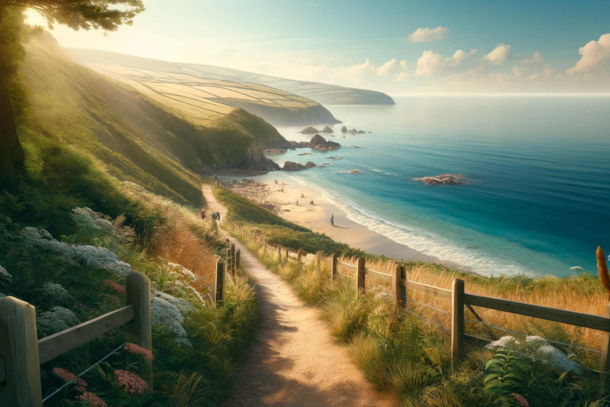
Exploring the UK’s Most Serene Coastal Trails
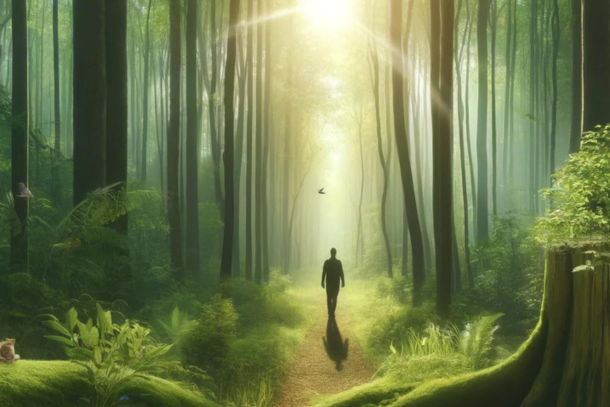
The Healing Power of Nature: Forest Bathing Explained
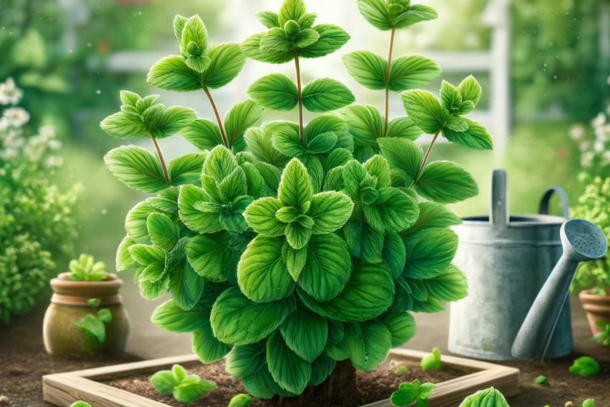
Sustainable Gardening: Tips for Growing Your Own Herbs
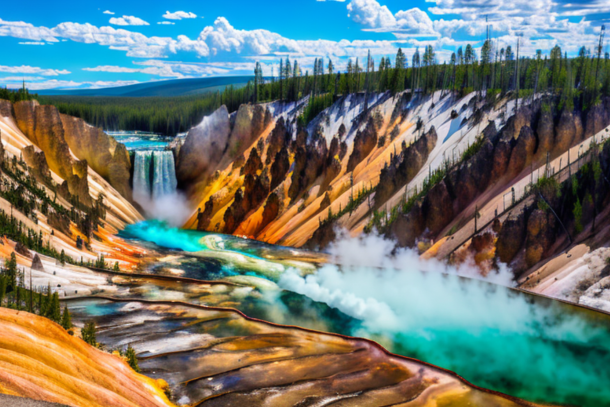
The Yellowstone Supervolcano: A Sleeping Giant

The Lost City of Atlantis: A Geological Mystery
